FORMED ABOUT 2 MILLION YEARS AGO
Ganh Da Dia covers an area of about 2 km², the narrowest part is about 50 m, the widest part is up to about 200 m. Thousands of hexagonal basalt pillars, 50 - 60 cm in diameter, stacked neatly vertically, creating a strange and spectacular scene. People compare this place to giant piano keys, and the ocean waves are diligent musicians weaving a gentle and sparkling symphony of water and sky.
The stacked stone pillars make Ganh Da Dia a unique stone wonder in Vietnam. PHOTO: TUY AN DISTRICT PEOPLE'S COMMITTEE
The beauty of Ganh Da Dia does not lie in its sophistication but in its rare simplicity and primitiveness. Through many stormy seasons, the waves and winds have silently polished and dyed the rocks jet black, with many places bearing the marks of time mottled like honeycombs. The hexagonal and pentagonal stone pillars jut out into the sea like giant hands reaching out towards the waves. In the morning, the rock surface sparkles in the sunlight, reflecting the blue sky and jade sea. In the afternoon, the sunset dyes each rock slab pink. On the other side of the cape is Bai Bang, a curved beach embracing a small fishing village that has existed for generations, evoking the peaceful scene of a countryside attached to the sea.
Located in an ideal natural complex, Ganh Da Dia is surrounded by prominent landmarks: to the east is Xuan Dai Bay, one of the most beautiful bays in Vietnam; to the south is Bai Bang with a 3 km long strip of fine white sand, clear sea water; to the north is the majestic Ganh Den lighthouse, guarding ships entering and leaving the bay; to the west are prosperous villages with unique stone cultural heritage such as stone wells, stone fences, stone tombs, stone buffalo pens...
According to geologists, Ganh Da Dia was formed about 2 million years ago from volcanic activity. Lava erupted, met cold seawater, suddenly solidified and stress occurred, causing the rock to crack in many directions, creating thousands of regular stone columns as if arranged by hand. The majestic beauty of Ganh Da Dia has been deeply ingrained in the minds of local people through sacred legends.
LEGEND OF THE PETRIFIED TREASURE
Legend has it that in ancient times there was a rich man who lived in this area. After his wife died early without having any children, he decided to practice asceticism. He distributed half of his wealth to the people as capital to make a living, and kept the other half in a warehouse near the sea (in village 6, An Ninh Dong commune, Tuy An district today), with the wish that after attaining enlightenment, he would use it to build a pagoda and offer it to the wise king who loved his people like his own children. After many years of practice, he passed away without having time to use the treasure.
Many greedy people knew that there was a treasure trove at sea and started to rob it, but strangely, the door of the treasure trove could not be pried open. They used firewood, smeared the treasure trove with filth and set it on fire, the fire reached the sky but the wooden door remained intact. One night, they smeared filth and lit the fire again, in the middle of that time suddenly a tornado-like wind blew the greedy people away, accompanied by a loud explosion. The next morning, people went to the beach and saw that the treasury was only left with giant hexagonal stone slabs stacked on top of each other, reaching out to the sea.
Another legend tells that this sea area was once haunted by a ferocious sea monster that sucked all the fish and shrimp, sinking boats and making it impossible for people to go out to sea. Heaven took pity on the people and sent a god to suppress the monster. After a fierce battle, the god sealed the monster's cave with tens of thousands of large, square rocks, forming Ganh Da Dia. People built a temple to worship the sea god and Ganh Da Dia became a sacred land for many generations.
These legends reflect folk beliefs and the close relationship between humans and nature, especially the sea, the eternal source of life for the people of Central Vietnam.
TOP DESTINATIONS OF PHU YEN
Not only is it a fascinating landscape, Ganh Da Dia is also a geological mark of millions of years. Although infrastructure has been invested to serve tourists, this place still retains its pristine beauty.
In 1997, Ganh Da Dia was recognized as a national scenic relic. However, it was not until the movie I See Yellow Flowers on the Green Grass brought Phu Yen to the big screen that this place became more widely known to tourists. Ganh quickly became a tourist symbol of the land of "yellow flowers", attracting tens of thousands of visitors each year.
Not only beautiful in terms of geology, Ganh Da Dia is also closely associated with the lives of Tuy An fishermen. Not far from the Ganh are small fishing villages, where people go out to sea every day to fish and make traditional fish sauce. On calm sea days, children in the village often go out to the Ganh to catch crabs, pick up snails, and run and play. These simple, everyday images contribute to creating a unique identity for the South Central Coast region.
Mr. Nguyen Van Hoang, Vice Chairman of Tuy An District People's Committee, said: "In 2014, Ganh Da Dia was voted as one of the 20 most favorite destinations in Vietnam. By the end of 2020, this place was recognized as a special national monument. To increase tourism attraction, the district has invested in many experiential activities such as horseback riding, sightseeing, listening to stone instruments, taking photos in flower fields... to create a new highlight for Ganh Da Dia". ( continued )
Source: https://thanhnien.vn/ganh-da-dia-ky-quan-da-co-mot-khong-hai-o-viet-nam-185250525220930615.htm



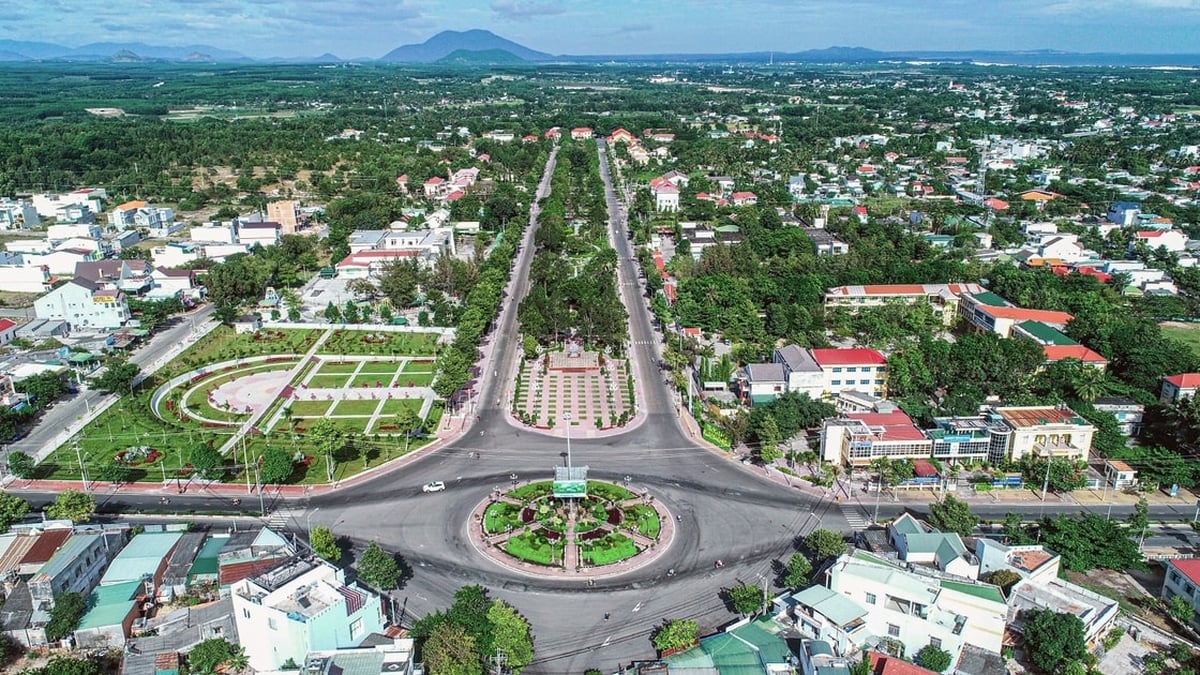


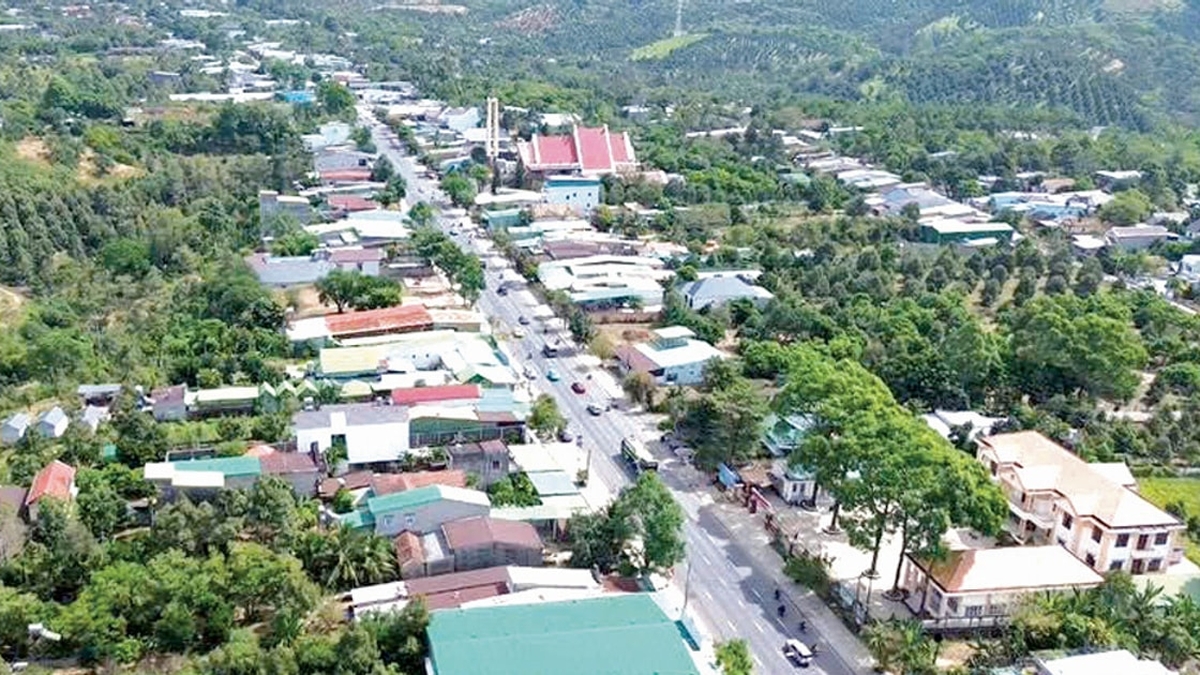



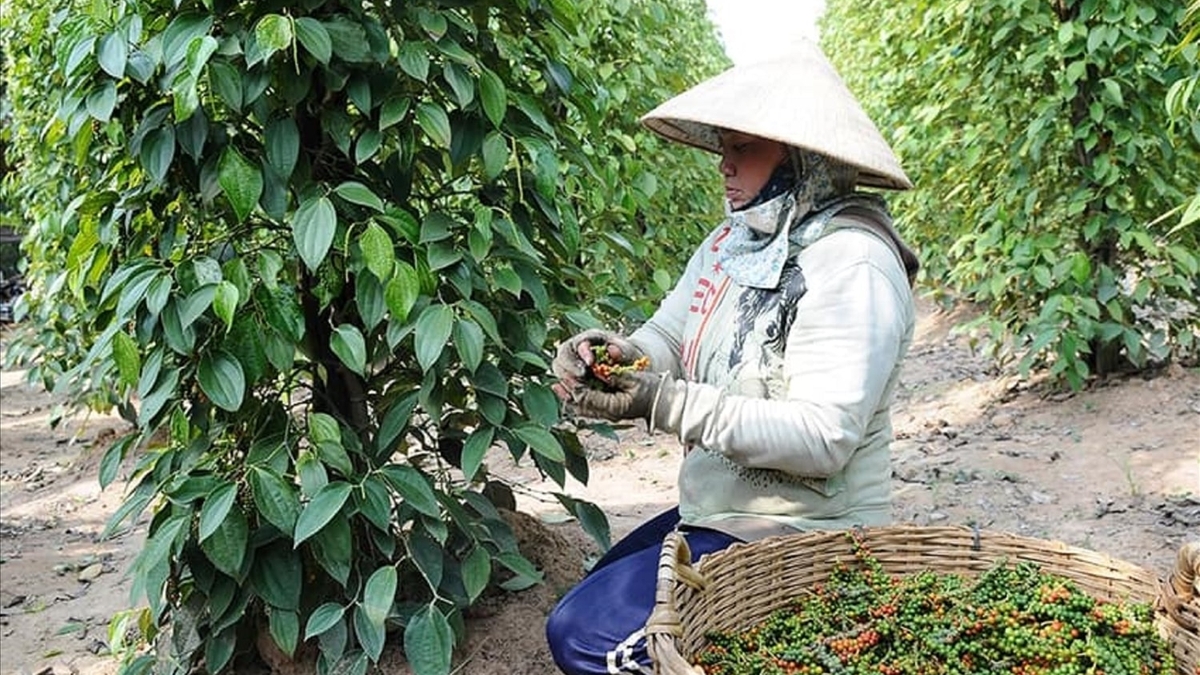


















![[Photo] National Assembly Chairman Tran Thanh Man visits Vietnamese Heroic Mother Ta Thi Tran](https://vphoto.vietnam.vn/thumb/1200x675/vietnam/resource/IMAGE/2025/7/20/765c0bd057dd44ad83ab89fe0255b783)




































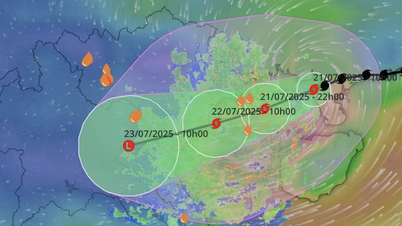









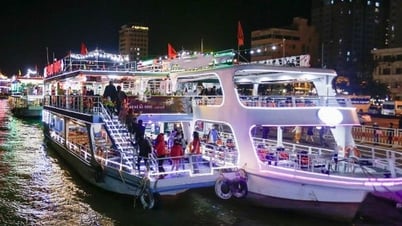

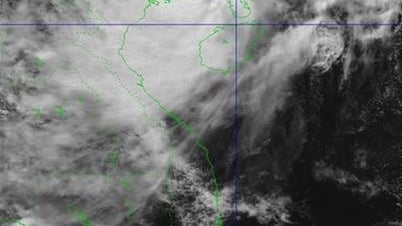



















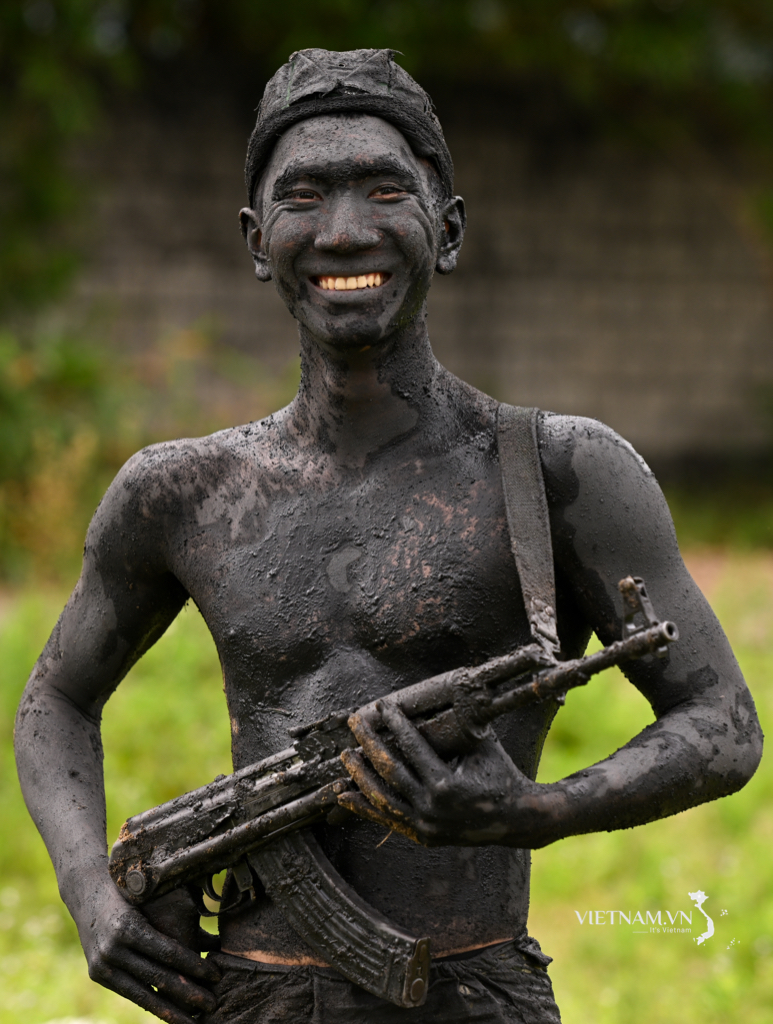

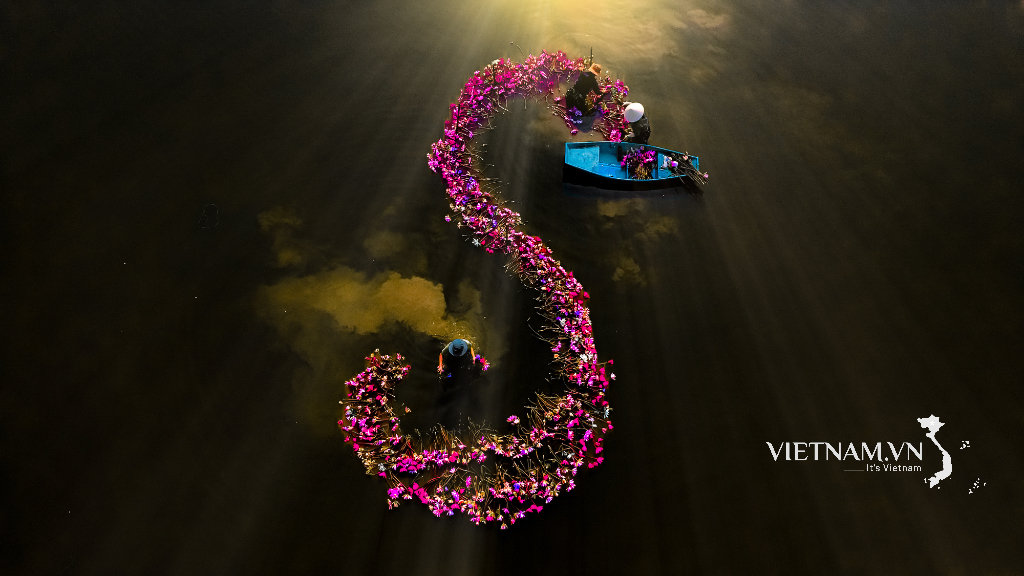
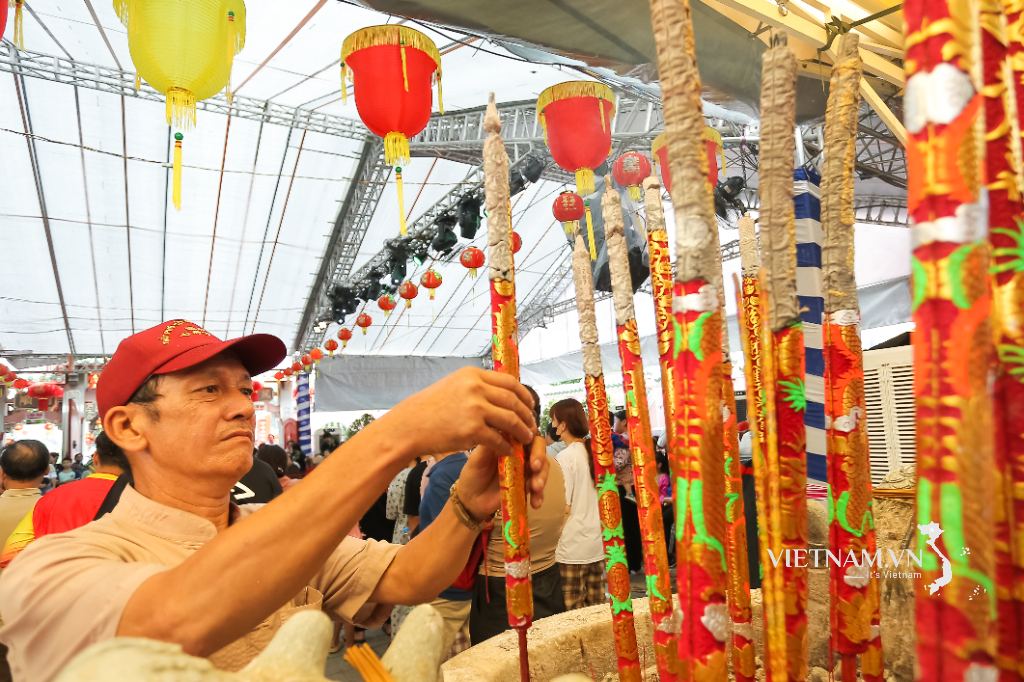
Comment (0)